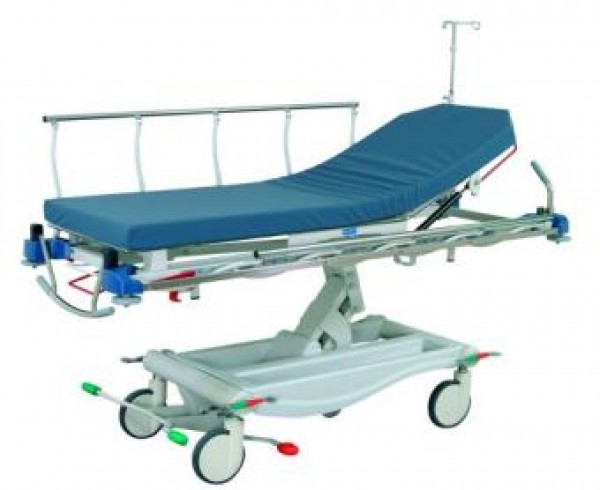Modeling the interaction between micro-climate factors and
moisture-related skin-support friction during patient repositioning in
bed
Thyrza Jagt
Supervisor: Fred Vermolen
Site of the project: TU Delft
start of the project: January 2014
In June 2014 the
Interim Thesis
has appeared
and a
presentation
has been given.
The Master project has been finished in April 2015
by the completion of the
Masters Thesis
and a final presentation
has been given.
For working address etc. we refer to our
alumnipage.
Summary of the master project:
Immobile patients that are limited to spending their time in bed
predominantly are prone to skin breakdown as a consequence of moisture
development between the skin and mattress. This wetness results from
transpiration or urine. Due to wetting of the skin, the mechanical
properties of the skin change and the friction between the skin and the
mattress increases. This increase implies that the shear forces at the
interface between the skin and mattress increase when a patient is moved
or relocated on bed for daily care. This mechanism increases the
likelihood of the development of a superficial pressure ulcer.
In this research, we will analyze, use and improve the phenomenological
model developed by Gefen for the simulation of micro-climate factors.
This model contains an interaction between the amount of transpiration
and ambient temperature, increase of humidity, increase in the
skin-support contact pressure. Furthermore, we will analyze and use a
finite-element model for the mechanical support and equilibrium of
tissue interacting with the mattress where the skin and subcutaneous
tissue are incorporated. This interaction poses a contact problem where
the surface of contact between the skin and mattress has to be
determined. In this work, we will focus on the combination of the two
models, where we aim at predicting the likelihood of the development of
a superficial pressure ulcer in the course of time upon moving the
patient over the surface of the mattress. This is done by using the
finite-element method over the domain containing the tissue as well as
the mattress. As an output parameter the shear strain will be important
to estimate the probability that skin break-down (failure) occurs. Since
the mechanical properties of skin change with local humidity, the skin
will deteriorate in the course of time due to the build-up of moisture
levels. In this MSc-thesis, we aim at a coupling of the micro-climate
factors to the mechanical equilibrium which consists of a contact
problem. Furthermore, skin behaves differently from rigid materials,
hence most likely Hooke's Law will not be appropriate for the modeling.

Figuur 1: Hospital bed

Figuur 2: superficial pressure ulcer

Contact information:
Kees
Vuik

Back to the
home page
or the
Master students page of Kees Vuik


![]()
![]()